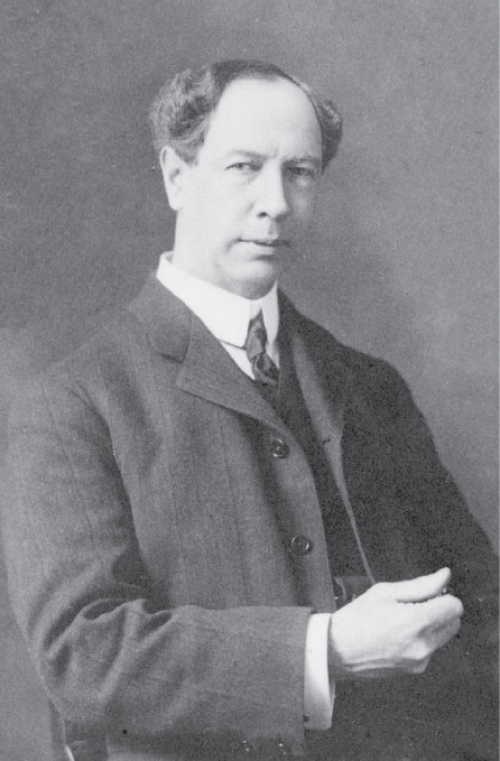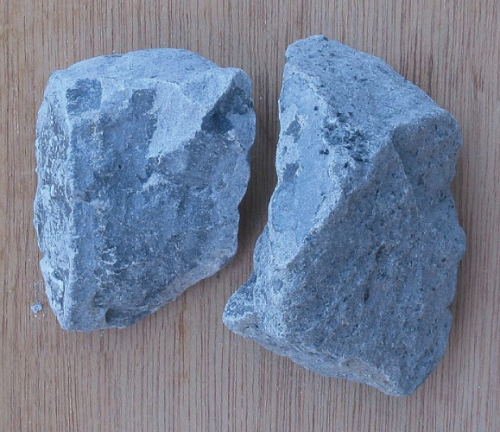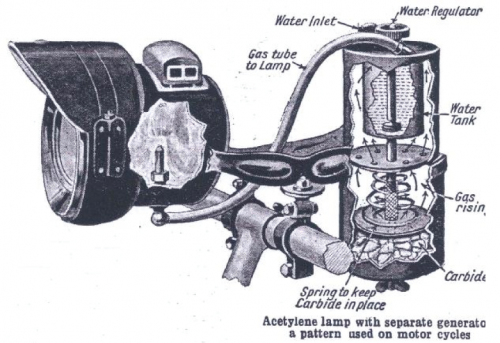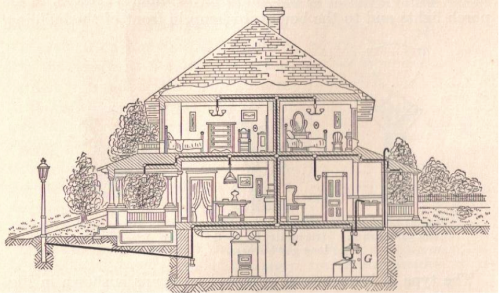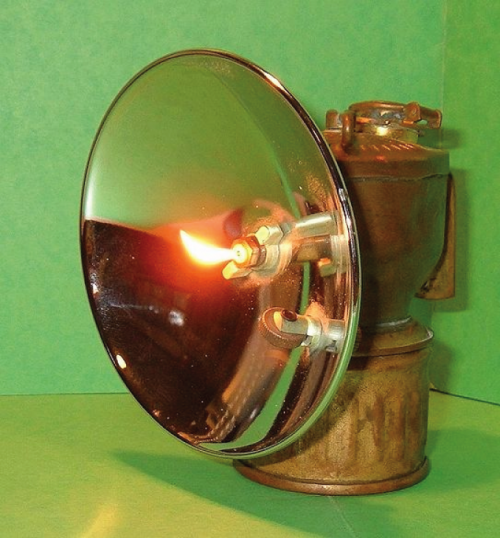By
John
Motz
While
we
take
for
granted
bright
electric
lighting
for
our
vehicles
and
in
our
homes,
over
100
years
ago
it
was
the
work
of
a
little-known
Canadian
inventor
which
helped
pave
the
way
for
a
type
of
illumination
which
outshone
electric
light.
The
light
was
the
bright
flame
of
burning
acetylene
and
the
Canadian
inventor
was
Thomas
Leopold
(“Carbide”)
Willson.
Acetylene
gas
is
produced
when
water
is
applied
to
calcium
carbide,
and
Willson
was
the
inventor
of
an
inexpensive
process
for
making
calcium
carbide.
Willson
was
a
19th-century
inventor,
entrepreneur
and
wheeler-dealer
in
the
style
of
Thomas
Edison,
but
without
the
latter’s
fame
and
business
acumen.
The
son
of
an
unsuccessful
farmer
and
manufacturer,
Willson
was
born
in
1860
on
a
farm
near
Princeton,
Ontario.
When
Willson’s
father
lost
the
farm,
he
moved
his
family
to
the
United
States
to
pursue
a
manufacturing
venture.
When
this
failed,
he
returned
to
Canada
in
about
1872,
settling
in
Hamilton.
“Carbide
Willson”
in
about
1914.
(From
Wikipedia)
The
young
Willson
showed
an
early
interest
in
electricity.
At
age
19
he
was
apprenticed
to
a
Hamilton
blacksmith,
at
whose
shop
he
constructed
a
steam
driven
dynamo:
one
of
Canada’s
first.
Willson
was
unable
to
commercialize
his
dynamo
and
electric
light
system
in
Canada,
so,
in
1882,
he
moved
to
New
York
City,
where
he
worked
as
an
inspector
of
electrical
installations,
and
continued
to
work
on
his
own
projects.
He
was
a
prolific
inventor,
patenting
arc
and
incandescent
lights,
and
modifications
to
his
dynamo.
While
investigating
commercial
applications
for
his
dynamo,
Willson
experimented
with
the
smelting
of
metals
in
electric
furnaces.
In
one
of
these
experiments,
in
1891,
while
trying
to
produce
metallic
calcium
from
lime
(calcium
oxide)
and
carbon
(in
the
form
of
powdered
coal)
in
an
electric
furnace,
he
accidentally
made
an
unknown
substance,
which
turned
out
to
be
calcium
carbide.
Lumps
of
Calcium
Carbide.
(From
Wikipedia)
Since
the
application
of
water
to
calcium
carbide
produces
acetylene
gas,
Willson
worked
to
commercialize
his
discovery,
by
developing
an
economically-viable
industrial
process
for
producing
calcium
carbide,
and
set
about
looking
for
a
market.
Acetylene
burns
with
a
bright
white
light,
of
superior
quality
to
the
illumination
from
contemporary
coal
gas
and
incandescent
lights.
The
first
market
for
calcium
carbide
was
as
an
acetylene
generator
in
lights
for
such
things
as
lighthouses,
floodlights,
railway
coaches,
navigation
aids,
bicycle
headlights
and
miners’
headlamps.
Carbide
lamps
were
later
used
in
early
cars
and
motorcycles.
A
carbide
motorcycle
headlight
(above)
and
a
schematic
illustration
of
how
it
worked. (From
douglasmotorcycles.net)
(From
www.rexophone.com)
In
these
applications,
water
was
dripped
on
calcium
carbide
to
produce
acetylene
gas
(see
illustration),
which
fueled
the
lamp
and
was
burned
to
produce
light.
This
technology
could
also
be
used
in
homes,
where
a
carbide-fueled
acetylene
generator
was
located
in
the
basement
and
the
gas
produced
piped
to
lights
throughout
the
house.
These
acetylene
generators
could
be
dangerous
though,
with
sources
suggesting
they
be
kept
in
a
separate
building,
because
of
the
explosion
hazard,
and
advising
the
homeowner
to
extinguish
his
cigar
before
refilling
the
calcium
carbide
hopper.
A
domestic
acetylene
system,
showing
the
carbide-fueled
generator
in
the
basement
and
the
piping,
which
distributed
the
gas
throughout
the
house.
(From
rexohone.com)
It
wasn’t
until
1903
that
the
most
important
use
of
acetylene,
in
oxyacetylene
welding
and
cutting,
was
developed.
In
1895
Willson
sold
his
American
patents
to
a
syndicate,
which
would
later
become
Union
Carbide,
and
returned
to
Canada.
There,
he
constructed
carbide
plants
in
Merritton,
near
St.
Catharines,
Ontario,
Ottawa
and
Shawinigan,
Quebec.
After
moving
to
Ottawa
in
1901,
Willson
became
a
well-known
local
figure
and
was
the
first
person
in
that
city
to
own
an
automobile.
He
continued
to
experiment,
working
on
everything
from
new
uses
for
carbide
to
the
telephone.
He
received
the
first
McCharles
prize,
from
the
University
of
Toronto,
in
1909
for
his
discoveries.
He
developed
an
inexpensive
method
for
making
fertilizer,
but
lost
his
patents
for
the
process
and
some
other
assets
to
an
American
investor
after
a
business
setback
in
an
attempt
to
set
up
a
fertilizer
plant.
Willson
was
a
keen
industrialist:
He
tried
to
start
a
pulp
and
paper
business
in
Quebec.
After
his
failure
in
the
fertilizer
business,
he
set
about
trying
to
develop
hydroelectric
dams,
railways,
and
carbide,
pulp
and
paper,
and
fertilizer
factories
in
Newfoundland
and
Labrador,
but
died
of
a
heart
attack
in
New
York
City
in
1915,
while
trying
to
raise
funds
for
those
projects.
Carbide
lamp
used
by
miners
and
for
exploring
caves.
(From
Wikipedia)
